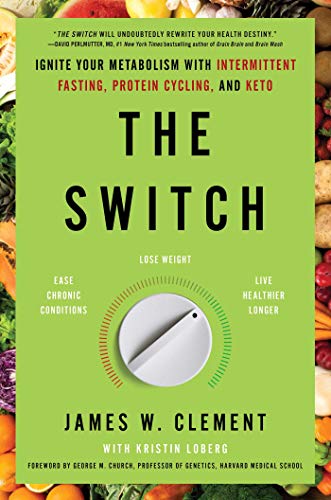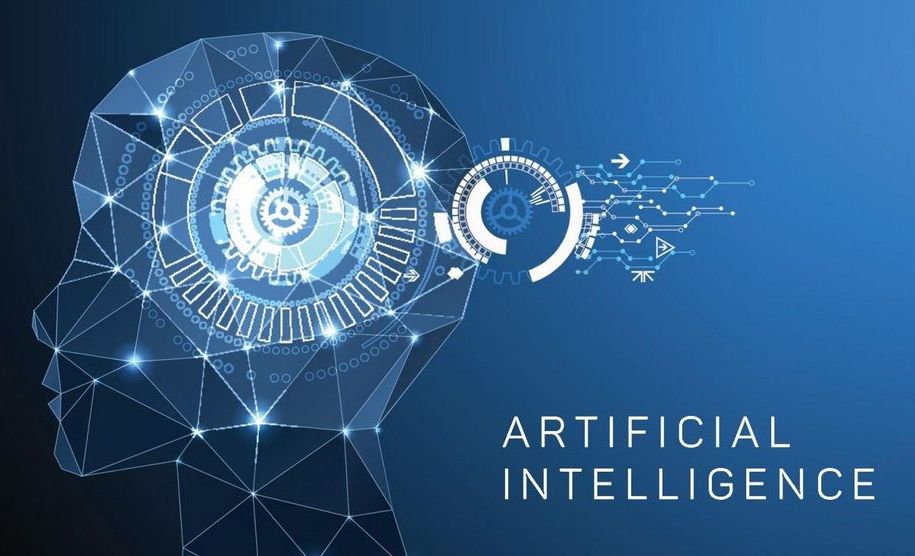How can you lose dramatic weight, ease chronic conditions, and stay healthier longer? Flip the switch on your metabolism with intermittent fasting, protein cycling, and keto!
Within each of us is an ancient mechanism that eliminates toxic materials, initiates fat burning, and protects cells from becoming dysfunctional—or turning cancerous. It’s called autophagy, and when it’s turned on, the complex operation not only can slow down the aging process, it can optimize biological function as a whole, helping to stave off all manner of diseases and affording us the healthy life spans we never thought possible. It’s the body’s ultimate switch to life.
So how can we positively activate this switch? How frequently should we fast and for how long? Which foods dial up autophagy or, conversely, turn it down? How much exercise and what types are recommended? What’s the sweet spot between intermittent fasting, protein cycling, and ketogenic eating?








